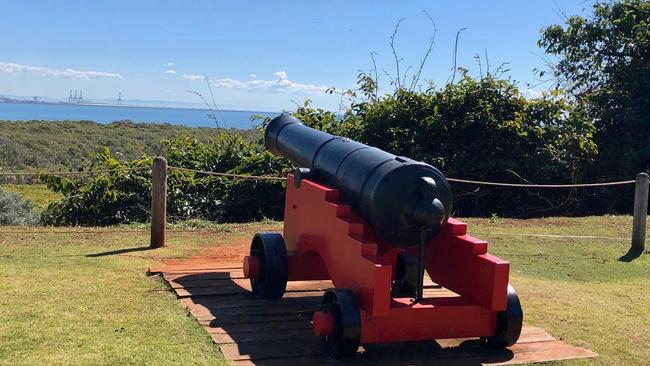How Brisbane prepared for Russian invasion
With the rumoured approach of a Russian fleet of 16 vessels ready to attack our nation’s east coast, Australian forces were on high alert for an imminent invasion. This is what Brisbane did to prepare.

QLD News
Don't miss out on the headlines from QLD News. Followed categories will be added to My News.
LONG before COVID-19, the Spanish flu and long before two world wars, another looming threat saw Queensland forced into drastic action over public safety. The Russians.
In the 1880s Britain’s war in Afghanistan and the rumoured approach of a Russian fleet of 16 vessels ready to attack Australia’s east coast put our threadbare colonial defence forces on high alert for an imminent invasion.
Queensland also worked with the other colonies to annex parts of New Guinea amid fears of Germany’s expansion in the South Pacific and over the following two years, Australia’s colonial defence force increased from 8000 to 22,000 men.
Memories of Napoleon and French aggression were not all that distant, either.
So it was that Australia, under the guidance of British army officer Peter Scratchley, later a major-general, embarked on a building program to bolster colonial defences.
Five coastal fortresses were built around Australia including Fort Lytton, which dominates a grassy outpost near the southern side of the mouth of the Brisbane River.
At the time the fort was built, Brisbane had fewer than 100,000 people but trade through its port made it a goldmine for a foreign power. Scratchley reasoned that Brisbane was more vulnerable to naval attack than Sydney or Melbourne as it was just three days by warship from the French naval garrison at Noumea and an enemy could gain a stronghold to attack the city by building a base on the many islands in Moreton Bay. Fort Lytton was built from 1880-1882, and operated until 1965.

It was named after the British politician and author Baron Lytton, who coined such phrases in his books as ``the great unwashed’’, ``the pursuit of the almighty dollar’’, and ``the pen is mightier than the sword’’.
At the opening of Fort Lytton, its armaments contained two 64-pounder muzzle-loading guns and a new 6-inch rifled gun mounted on a state of the art hydro-pneumatic carriage. Everything was also in readiness for the laying out of remote-controlled underwater mines at the entrance to the river which stayed in operation until 1908.
Queensland’s other defences in the 1880s included the gunboat Gayundah, which carried two large rifled breech-loading guns, besides machine guns.
The Gayundah is now a rotting, rusty skeleton beached on the sand at Woody Point but in 1888 it was the focus of a crisis on the Brisbane River when Captain Henry Townley Wright commandeered it and asked one of his men about firing a cannon at Queensland’s Parliament House.
The English skipper was refusing to hand over the Queensland Navy’s floating fortress, as 22 policemen on the river bank pointed rifles at him.
A crowd of thousands gathered along the river to watch the threatened shootout. But common sense prevailed and a boarding party led by Police Commissioner David Thompson Seymour finally arrested Wright at gunpoint.
Although the Russian invasion of Queensland never happened, Fort Lytton remained a major training base.
Thousands of soldiers prepared there for the Boer War, and for the two world wars, and for many years up to 5000 reservists attended training at Fort Lytton’s ``Easter Encampment’’.
The guns only fired shots in anger twice during World War I as warning blasts for a Dutch steamer and a local fishing vessel that were failing to follow wartime rules, but in World War II the defences of Brisbane were bolstered with four more forts around Moreton Bay and large steel nets across the river to prevent entry. Fort Lytton remained operational until 1965 and is now a popular tourist attraction.
Grantlee Kieza’s latest book Macquarie is published by HarperCollins/ABC Books
grantlee.kieza@news.com.au


